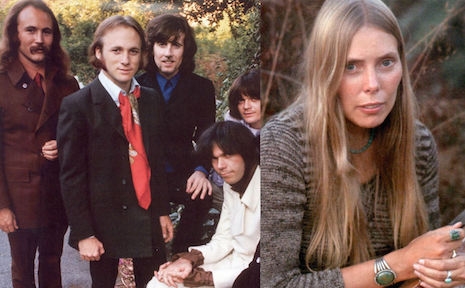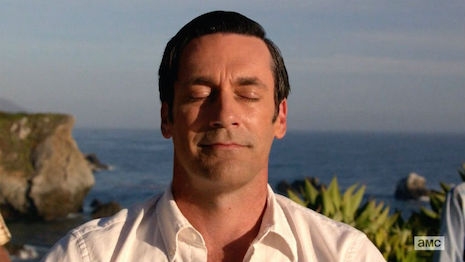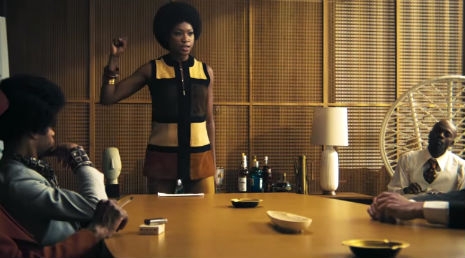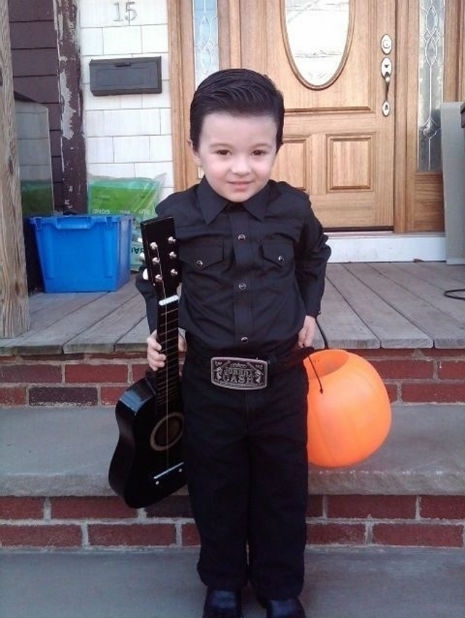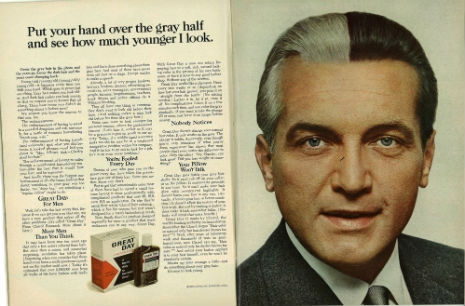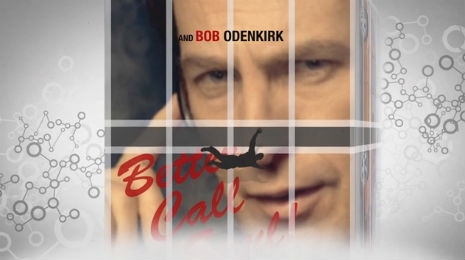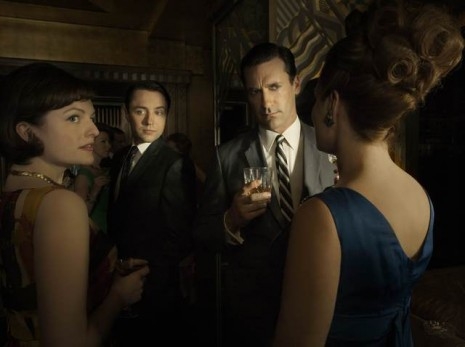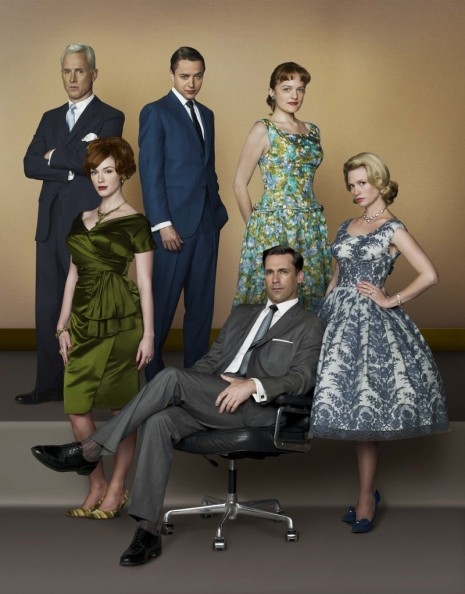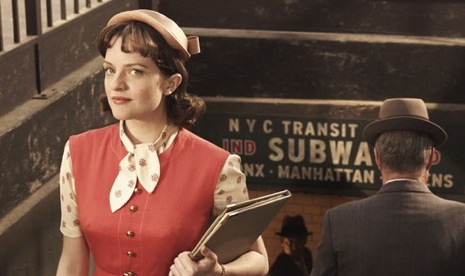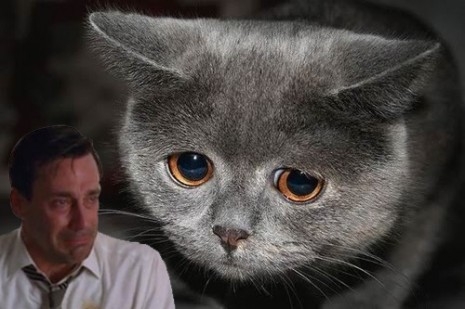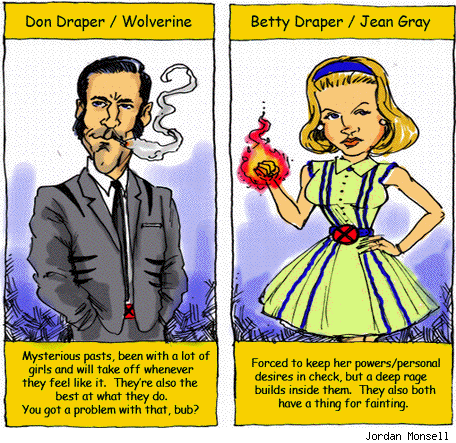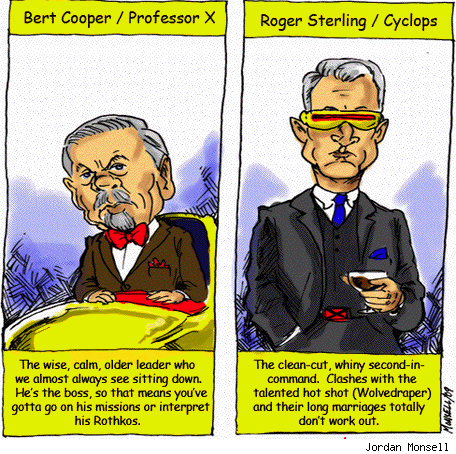
On Wednesday, February 5, 1969, ABC debuted one of the most forward-looking and controversial comedy sketch shows of all time—although viewers in much of the country never got to see even a single episode aired to completion. The show was Turn-On, George Schlatter and Ed Friendly’s more conceptually rigorous follow-up to their smash hit Rowan & Martin’s Laugh-In. Today it is regarded as one of television’s most cringeworthy failures—just check on Google Books if you don’t believe me—but it’s not at all clear that it deserves such derision. It may not have worked entirely—it’s difficult to tell, as episodes are awfully hard to come by—but it was probably the closest thing the United States had to Monty Python’s Flying Circus during that whole era. But, of course, that show didn’t even exist yet.
The premise of Turn-On was that the show had been generated by a computer, at that time a heady concept indeed, as few people had ever had any real-life contact with such an object. Replacing the colorful and groovy sets of Laugh-In was a blank, featureless landscape taking place inside a large white orb—I grope to imagine it, and all I can come up with is Woody Allen’s 1973 movie Sleeper. The ostensible “host” was a young Tim Conway, who apparently spent the entire episode seeking to kill himself. Much of the audio track of the show was not a laugh track but was instead supplied by a Moog synthesizer, which was also quite a new sensory experience for audiences to deal with. I’ll let Wikipedia finish this paragraph: “Several of the jokes were presented with the screen divided into four squares resembling comic strip panels. The production credits of the episode appeared after each commercial break, instead of conventionally at the beginning or end.” Bracing stuff, indeed.
The cancellation of Turn-On is the stuff of legend. Again, Wikipedia is the most efficient way to express this:
Conway has stated that Turn-On was canceled midway through its only episode, so that the party the cast and crew held for its premiere as the show aired across the United States also marked its cancellation. Cleveland, Ohio’s WEWS-TV did not return to the show after the first commercial break (after “11 minutes”, according to Conway). The station sent ABC network management an angry telegram: “If your naughty little boys have to write dirty words on the walls, please don’t use our walls. Turn-On is turned off, as far as WEWS is concerned.” Denver, Colorado’s KBTV did not air the episode, stating that after previewing it “We have decided, without hesitation, that it would be offensive to a major segment of the audience”; Portland, Oregon’s KATU and Seattle, Washington’s KOMO-TV also decided to not show the episode. Viewers of Little Rock, Arkansas’s KATV, which disliked the show but decided to air it, “jam[med] the station’s switchboard” with complaints.
If you watched “The Monolith,” the most recent episode of Mad Men, you probably failed to catch an exquisitely opaque reference to Turn-On—thing is, if you blinked, you missed it. The episode focuses on the installation of a large computer in the offices of Sterling Cooper & Partners, with all the doomy implications that implies. (In my sincere opinion, this does not qualify as much of a spoiler.) The computer thematically dominates the proceedings; in one scene two characters even discuss the device’s “metaphorical” implications. At a certain point, Harry Crane is seen through a smoky windowpane bellowing to an unseen character about how (this is a total paraphrase) “The writers of that show had clearly never seen an X-2000 in person”—and you can barely make out the words “Tim Conway” as well. I reckon that “The Monolith” takes place around April 18, 1969.

It’s hard to judge without access to the episodes themselves, but Turn-On may have been the boldest expression of “sick” humor, à la Lenny Bruce, on American television up to that point. (Hell, it quoted the renegade LSD advocate Timothy Leary in its very title.) It reminds me of nothing so much as another colossal misjudgment of mass satire that dates from the same period—the Monkees’ movie Head, which by a neat coincidence premiered almost precisely three months earlier, on November 6, 1968.
Schlatter is something of a legend in certain nostalgic TV circles. In addition to Laugh-In, he spent the 1970s and 1980s producing a number of expensive, garish, and kind of awesome celebrity TV galas, all of which have titles like Goldie and Liza Together and some of which will surely pop up on DM at some point, probably in posts authored by me. He also produced NBC’s Real People in the early 1980s. He’s clearly a little bitter about the Turn-On experience, which if nothing else killed his buzz after riding so high after the success of Laugh-In.
In any case, Schlatter is still among us, and fairly recently, judging from the clip posted below, has been defending Turn-On as a brilliant piece of television and writing off its quick cancellation as the whim of a misguided exec in Cleveland (and not, conveniently, a massive misjudgment of the audience’s appetite for odd satire).
I’m quoting a couple of snippets from the Schlatter interview embedded below because it’s important to get some of Turn-On‘s content into the record.
The original commitment was for 13 shows, we sold it to Bristol Meyers, who were a very, very conservative sponsor. And when they saw the pilot, with Tim Conway … trying to commit suicide all through the show, they increased the purchase from 13 to 16. It went on the air, and there was a guy in Cleveland who wanted to keep Peyton Place on the air, he hated the idea of losing Peyton Place, so he got on the phone—he’d never seen the show—and called all of the affiliates, and said, “This is terrible, we have to get rid of it, it’s gonna ruin your station and my station” … so they kept cancelling the show before anyone had seen it because of this one wingnut in Cleveland. … He was very effective, though. … It was just this one wacko in Cleveland.
One girl had a vending machine, and she put a quarter in, and you panned down and it said, “The Pill.” And she went crazy—it wouldn’t come out of the vending machine, and she went nuts, screaming. They thought, “Well, this is a woman. This is … sexually aggressive women.” And I said, “Yeah. That happens, you know. Where do you think all these babies come from?” But they resented that there was a sexually aggressive woman going crazy when she couldn’t get a pill. And then we had the Pope there, and the Pope would say, “Peace, baby.”
Here’s a curious, minute-long excerpt from the show (actually an un-aired episode), complete with intrusive voiceover:
And this is a wildly entertaining clip of Schlatter discussing the show, lasting about 6 minutes. My new home town of Cleveland comes in for its share of abuse, but whatevs.
(Top image via Showbiz Imagery and Chicanery, which helpfully figured out the Mad Men connection so I didn’t have to.)
Posted by Martin Schneider
|
05.07.2014
10:44 am
|
